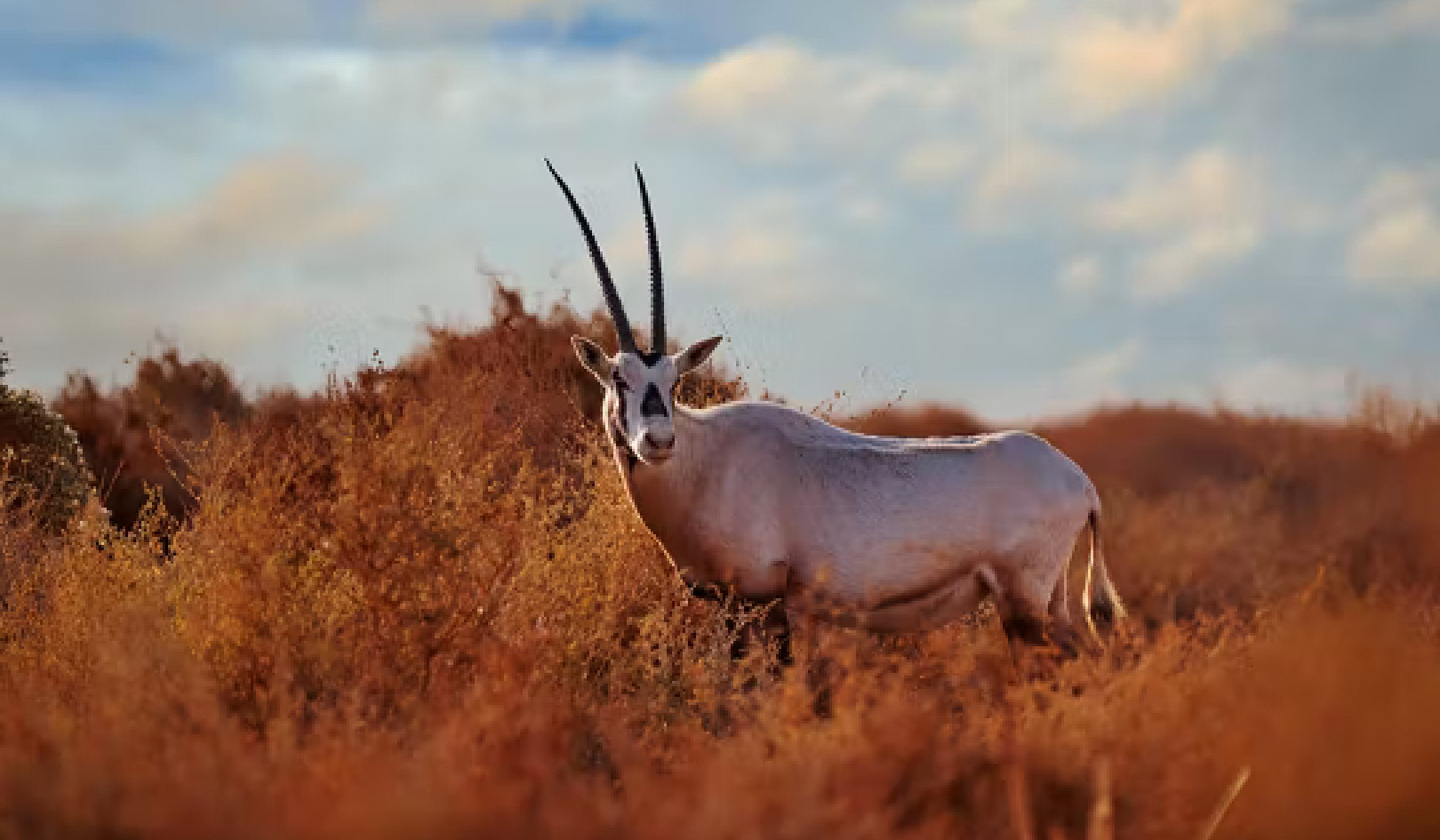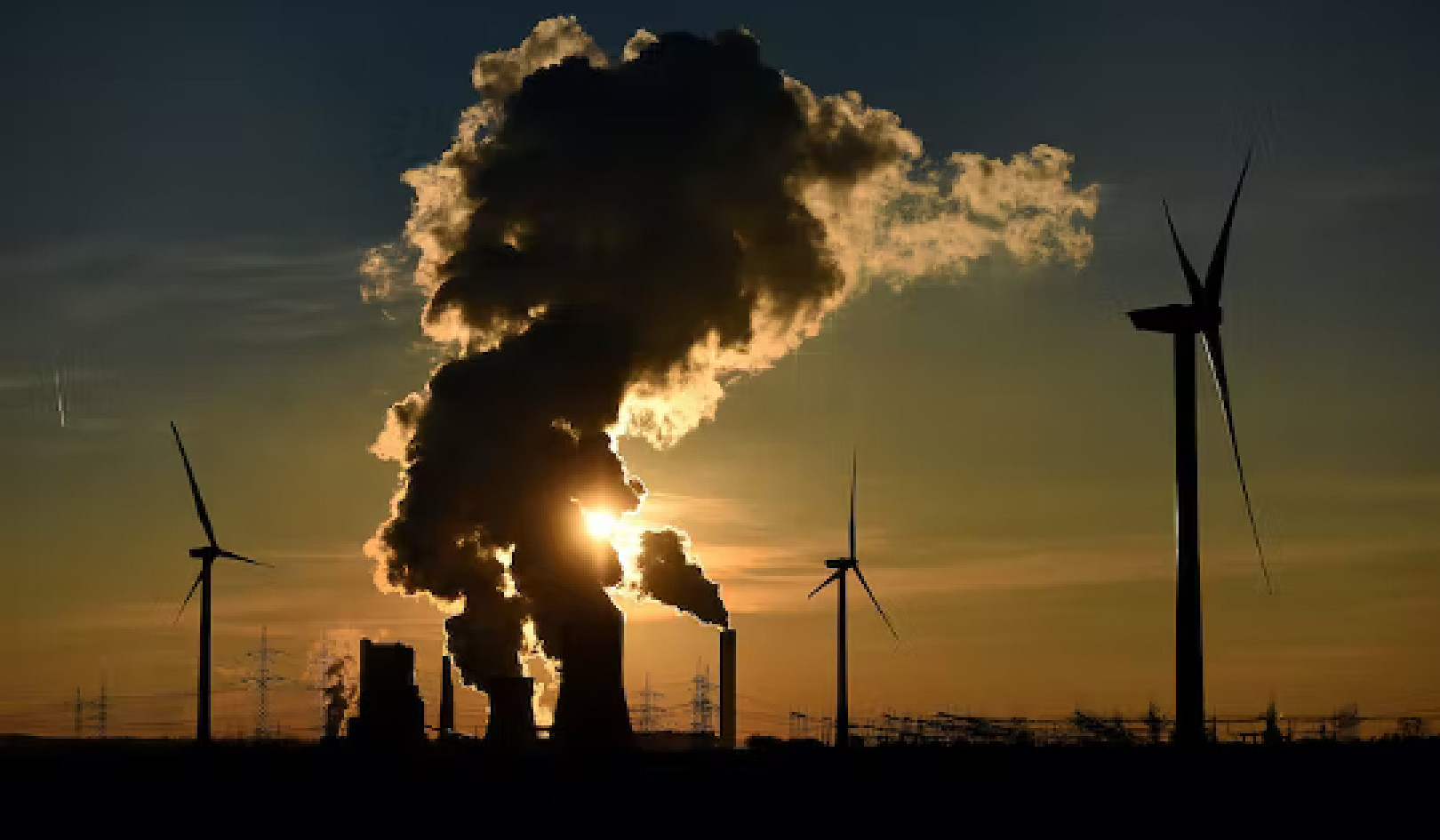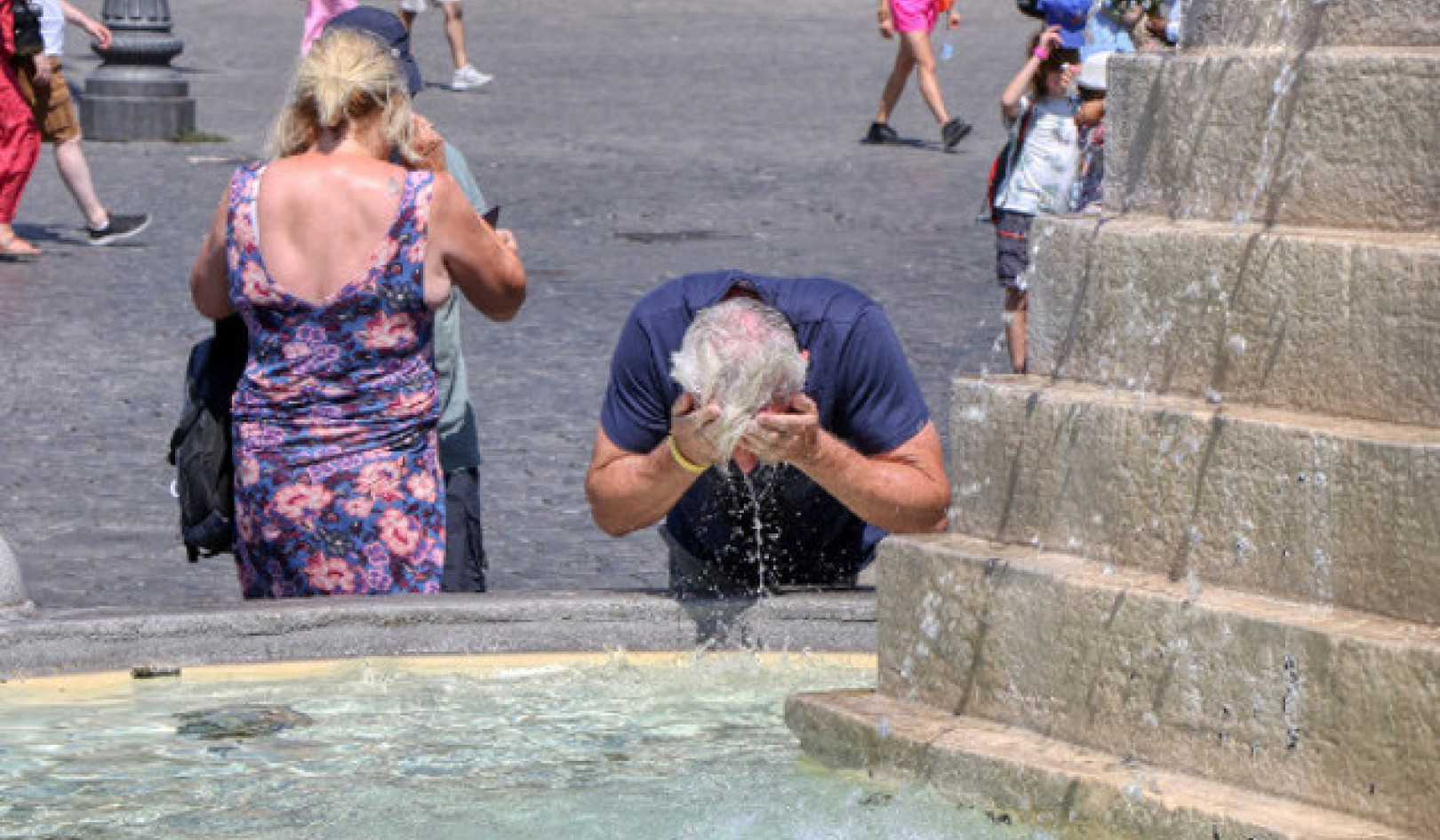
When you hear the word "Antarctica," what comes to mind? A colossal expanse of ice and snow, perhaps a region that could easily fit the United States and Mexico within its borders. But what if I told you that this frozen realm is losing its icy halo and the balance of global climate and biodiversity? Recent studies and observations point towards a shocking reality: Antarctic sea ice is at record lows, and the ramifications of this are far-reaching and deeply troubling.
It's winter in Antarctica. At a time when the sea ice should be expanding, serving as an icy shroud that doubles the continent's size each year, the opposite is happening. Imagine an Alaska-sized void in the Southern Ocean where ice should be. This is not a far-off nightmare scenario; this is happening right now. What's to blame? Our first suspects include warmer ocean temperatures, warmer air, and changing wind patterns.
Attributing the rapid decline of sea ice to a single cause would be simplistic and misleading. Instead, it's a cocktail of interconnected issues, all exacerbated by human activities like burning fossil fuels. The ocean's water is warmer, absorbing the lion's share of global warming. Warmer waters make it more challenging for ice to form. Air temperatures are also rising, and even the winds, integral to the ice's growth and distribution, are changing. We've stacked the deck against Antarctica's ice.
The Protector Turned Vulnerable
The melting sea ice isn't an isolated concern. It acts like a linchpin in a highly sophisticated system that governs everything from global weather patterns to ocean currents. Think of sea ice as a gigantic mirror reflecting the sun's radiant energy into space. Without this reflective shield, the sunlight dives into the ocean, warming it even more and kickstarting a vicious cycle of heat and melt.
If you thought sea ice was just an appendage to the Antarctic continent, think again. It is a natural buffer protecting land-based glaciers. And why is that so crucial? Think of the Antarctic and its sea ice as a great air conditioner helping to cool the planet. And the sea ice acts as a giant stopper, keeping the Antarctic glaciers from slipping into the ocean and devastating coastal cities worldwide.
Antarctica’s Ice Shelves Are Shrinking
New research paints a sobering picture of Antarctica's rapidly changing ice shelves, with over 40 percent of these colossal formations diminishing in the past quarter-century. The implications are profound, potentially hastening the rise of sea levels as melting ice from the continent's interior flows into the ocean. Benjamin Davison, the study's lead author, expressed his astonishment at the extent of this degradation, emphasizing that it encompasses the prominent ice shelves and numerous smaller ones, all steadily shedding mass without signs of recovery.
These ice shelves serve as crucial barriers, slowing the release of land-based ice into the ocean. However, when they thin or retreat, this defensive wall weakens, permitting accelerated ice flow into the sea, contributing significantly to rising sea levels.
The epicenter of this disconcerting trend lies predominantly on the western side of Antarctica, where the encroachment of warmer water from below has eroded the ice shelves. These revelations underscore the urgency of addressing climate change, as the consequences of shrinking ice shelves extend far beyond Antarctica's boundaries, impacting ocean circulation and raising sea levels worldwide.
Life on The Ice: A Symphony of Biodiversity
Antarctica is far from a lifeless frozen desert; it's a bustling hub for a unique ecosystem. This icy realm is teeming with life, from penguins and seals to whales and the often-overlooked krill. Each species relies on the delicate structure of sea ice, making its decline akin to pulling the rug out from under an intricately-set table. It's not just about losing an abstract, icy mass; it's about disrupting a living, breathing ecosystem that has ripple effects far beyond the South Pole.
While penguins and seals often steal the spotlight, krill are the unsung heroes maintaining the Antarctic's ecological balance. These tiny crustaceans support everything from marine food webs to climate stability. A decrease in krill jeopardizes the survival of larger marine species and hinders the ocean's ability to sequester carbon, exacerbating global warming. We may view Antarctica as remote, but the survival of its native species, notably the krill, has direct implications for global climate patterns and biodiversity.
The Moral Imperative
We can't ignore our role in this unfolding narrative. We've set the stage, adjusted the lighting, and now watch the drama unfold. Everything from industrial activities to vehicular emissions and deforestation contributes to the warmer atmosphere and oceans. We might not be present physically in Antarctica, but our actions echo through this remote continent's winds, waves, and ice.
The ramifications of the sea ice's decline are manifold and deeply interconnected with global systems. UCLA geologist Marilyn Raphael summarizes the sentiment well: "There is a part of me that's scientifically interested in what's happening. Like, what is at work here? That is completely separate from the other part. That's the citizen of the world part that says, this is shocking, and it's not good news for our system, and not just the Antarctic system, but from a global climate system."
You're not alone if you're reading this and feeling disheartened. But all is not lost; action can still be taken to mitigate further damage. Sustainable living, reducing carbon footprints, and advocating for climate policies are steps in the right direction. At the core, the change must start with awareness. Understand the impact of your choices and make educated decisions. The Antarctic sea ice might be far from us, but its story is intrinsically tied to our lives, planet, and future.
A Global Concern
We are at a defining moment in history where the trajectory of Antarctica's future will also sketch the roadmap for the Earth's climate. When we look at the diminishing sea ice, we observe a regional phenomenon and a planetary emergency. Scientists worldwide vigilantly scrutinize data, monitoring the pulse of Antarctica like a feverish patient in an ICU.
But it's more than just a detached, academic exercise. It's a growing sense of urgency that has the potential to touch each of our lives. The waning ice serves as a silent yet profound alarm bell, signaling regional imbalances and global systemic issues that extend far beyond polar waters. A cry for help resounds from the bottom of the Earth, echoing across oceans and continents.
But it isn't enough to leave the responsibility to scientists who nervously eye the dwindling charts and graphs, willing the ice to re-expand. We all have an integral role to play. In our globalized world, the environmental missteps reverberating from Antarctica are a stark reminder that geographic isolation is an illusion. Ecosystems, economies, and communities are deeply intertwined.
A failure or breakthrough in our conservation efforts in the far south will send ripples through the climate systems, affecting weather patterns, sea levels, and biodiversity worldwide. Therefore, it is not just the researchers who should be concerned; each of us has a stake in the fate of Antarctica, for its transformation—be it rejuvenation or destruction—will be mirrored on a global scale.
About the Author
 Robert Jennings is co-publisher of InnerSelf.com with his wife Marie T Russell. He attended the University of Florida, Southern Technical Institute, and the University of Central Florida with studies in real estate, urban development, finance, architectural engineering, and elementary education. He was a member of the US Marine Corps and The US Army having commanded a field artillery battery in Germany. He worked in real estate finance, construction and development for 25 years before starting InnerSelf.com in 1996.
Robert Jennings is co-publisher of InnerSelf.com with his wife Marie T Russell. He attended the University of Florida, Southern Technical Institute, and the University of Central Florida with studies in real estate, urban development, finance, architectural engineering, and elementary education. He was a member of the US Marine Corps and The US Army having commanded a field artillery battery in Germany. He worked in real estate finance, construction and development for 25 years before starting InnerSelf.com in 1996.
InnerSelf is dedicated to sharing information that allows people to make educated and insightful choices in their personal life, for the good of the commons, and for the well-being of the planet. InnerSelf Magazine is in its 30+year of publication in either print (1984-1995) or online as InnerSelf.com. Please support our work.
Creative Commons 4.0
This article is licensed under a Creative Commons Attribution-Share Alike 4.0 License. Attribute the author Robert Jennings, InnerSelf.com. Link back to the article This article originally appeared on InnerSelf.com

Related Books:
The Future We Choose: Surviving the Climate Crisis
by Christiana Figueres and Tom Rivett-Carnac
The authors, who played key roles in the Paris Agreement on climate change, offer insights and strategies for addressing the climate crisis, including individual and collective action.
Click for more info or to order
The Uninhabitable Earth: Life After Warming
by David Wallace-Wells
This book explores the potential consequences of unchecked climate change, including mass extinction, food and water scarcity, and political instability.
Click for more info or to order
The Ministry for the Future: A Novel
by Kim Stanley Robinson
This novel imagines a near-future world grappling with the impacts of climate change and offers a vision for how society might transform to address the crisis.
Click for more info or to order
Under a White Sky: The Nature of the Future
by Elizabeth Kolbert
The author explores the human impact on the natural world, including climate change, and the potential for technological solutions to address environmental challenges.
Click for more info or to order
Drawdown: The Most Comprehensive Plan Ever Proposed to Reverse Global Warming
edited by Paul Hawken
This book presents a comprehensive plan for addressing climate change, including solutions from a range of sectors such as energy, agriculture, and transportation.


























